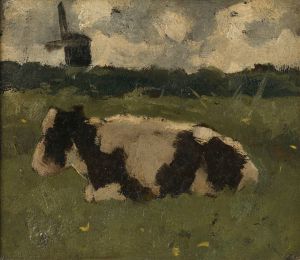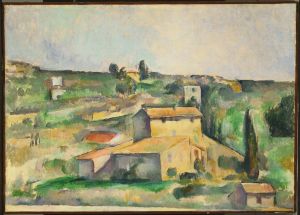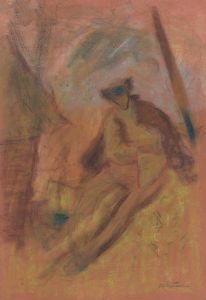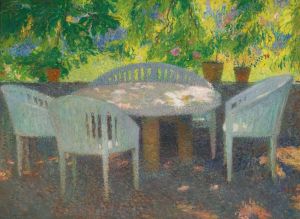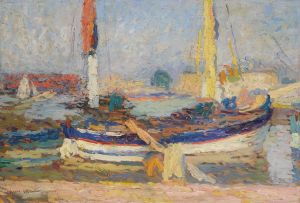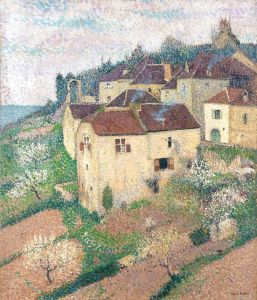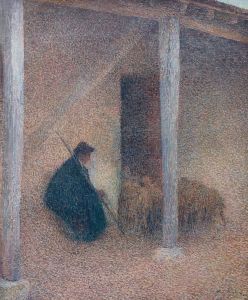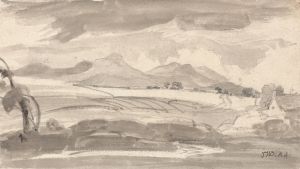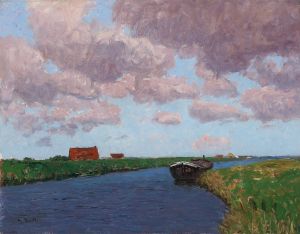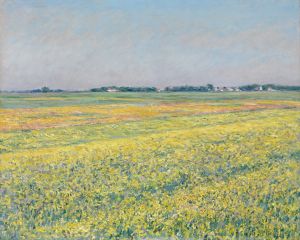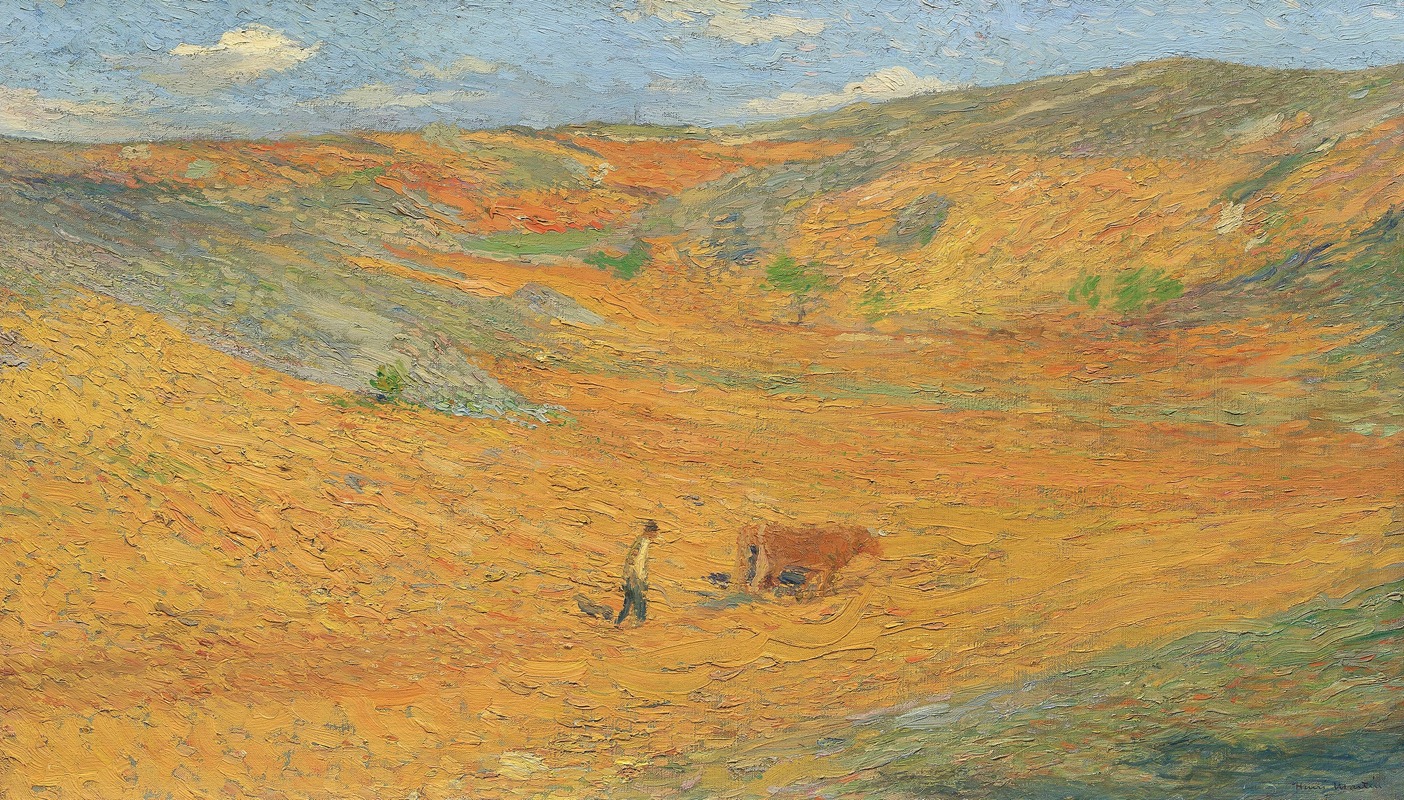
Laboureur au fond d’une combe
A hand-painted replica of Henri Martin’s masterpiece Laboureur au fond d’une combe, meticulously crafted by professional artists to capture the true essence of the original. Each piece is created with museum-quality canvas and rare mineral pigments, carefully painted by experienced artists with delicate brushstrokes and rich, layered colors to perfectly recreate the texture of the original artwork. Unlike machine-printed reproductions, this hand-painted version brings the painting to life, infused with the artist’s emotions and skill in every stroke. Whether for personal collection or home decoration, it instantly elevates the artistic atmosphere of any space.
Henri Martin's painting "Laboureur au fond d’une combe" (translated as "Plowman at the Bottom of a Valley") is a notable example of the artist's work, reflecting his mastery of the Neo-Impressionist style. Henri Martin (1860–1943) was a French painter renowned for his use of pointillism and his ability to capture the interplay of light and color in natural landscapes. His works often depict serene rural scenes, imbued with a sense of tranquility and timelessness.
This particular painting portrays a rural setting, with a plowman working in a valley, surrounded by lush vegetation and rolling hills. Martin's characteristic technique of applying small, distinct brushstrokes to create a shimmering, almost mosaic-like effect is evident in this piece. The use of light and color in "Laboureur au fond d’une combe" exemplifies Martin's ability to convey the atmosphere of the French countryside, a recurring theme in his oeuvre.
Henri Martin spent much of his life in the south of France, particularly in the region of Midi-Pyrénées, where he drew inspiration from the landscapes around him. His works often reflect his deep appreciation for nature and rural life, and "Laboureur au fond d’une combe" is no exception. The painting captures the simplicity and rhythm of agrarian life, a subject that resonated with Martin and many of his contemporaries during a time of increasing industrialization.
Martin's artistic career was marked by significant recognition. He exhibited at the Paris Salon and received numerous accolades, including the Grand Prix at the Exposition Universelle in 1900. His works are now held in major museums and private collections worldwide, and he is regarded as one of the prominent figures in French art of the late 19th and early 20th centuries.
The exact date of creation for "Laboureur au fond d’une combe" is not widely documented, but it is consistent with Martin's mature period, during which he focused on idyllic rural scenes. The painting is celebrated for its harmonious composition and the way it captures the essence of rural labor within a picturesque natural setting.
Further details about the current location or ownership of the painting are not readily available. However, it remains an important example of Henri Martin's contribution to the Neo-Impressionist movement and his dedication to depicting the beauty of the French countryside.





